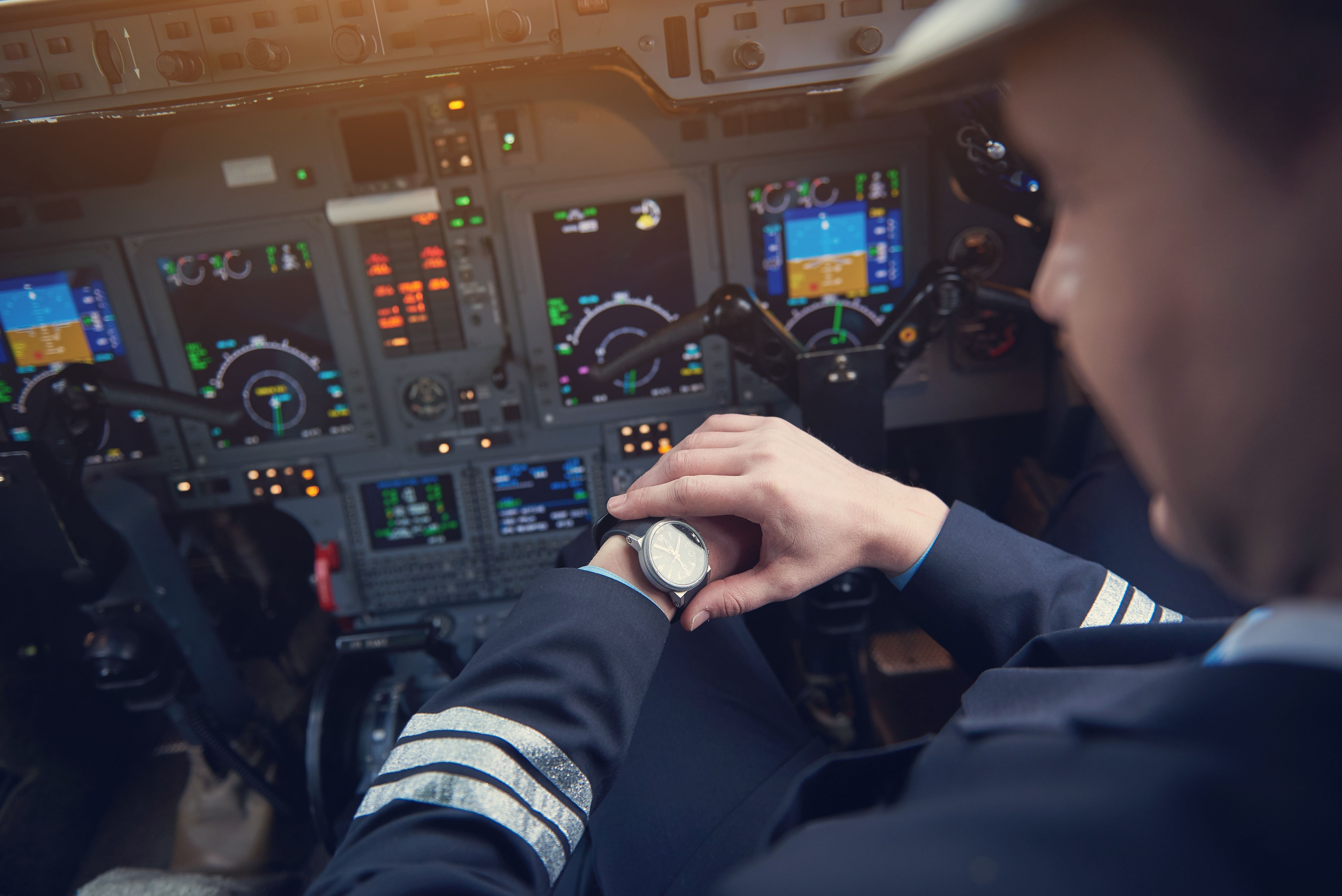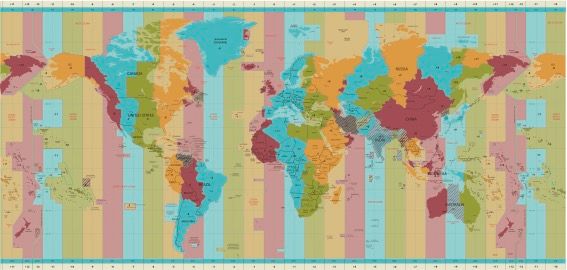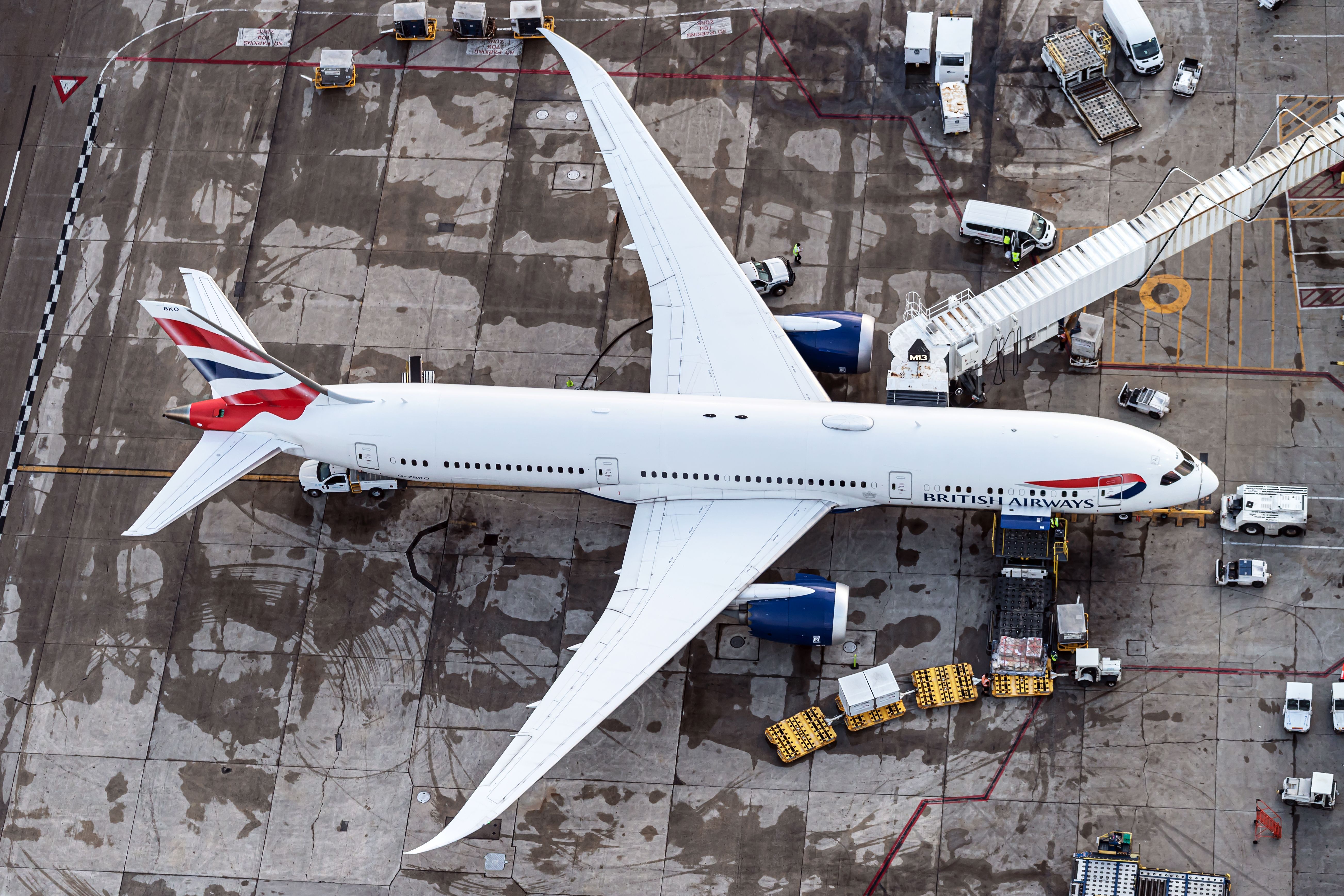The airline industry revolves around time. The impact of local time zone changes was the subject of a previous article, and the topic of global time management deserves further discussion. Flying connects the world, and as such, aviation relies on one globally recognized time measurement. This measurement is called Zulu time.
What is Zulu time?
Zulu time is measured from the Prime Meridian, which runs through Greenwich, a town in southeast London that is located on the Prime Meridian. Accordingly, Zulu time is called Greenwich Mean Time (GMT). Zulu time is also called Universal Time Coordinated (UTC). All three names refer to the same time measured from the Prime Meridian, with the latter two more commonly used in the civilian world.
The name Zulu time originated during the mid-19th century at an international conference. Following the establishment of the Greenwich Observatory on the Prime Meridian, professional timekeepers and military officials determined that clocks around the world ought to be measured against the time at the Greenwich Observatory. "Zulu" is the phonetic alphabet's moniker for z. Since the Prime Meridian is the zero point of longitude, the name for the time measured from it took on that of the phonetic alphabet's z.
Timezone comparisons
Today there are 24 established time zones, all measured by their divergence from Zulu time. You may be familiar with UTC-7 if you live on the West Coast of the United States or GMT+10 if you live in Sydney, Australia. This is the local time zone measurements for its displacement from the time at the Prime Meridian. Remember, GMT, UTC, and Zulu are all the same time measured in Greenwich.
Zulu timekeeping
Aviation exclusively uses Zulu time for flight planning, dispatching, and coordinating with air traffic control. This is primarily done to avoid confusion when making flight plans and scheduling departure and arrival times. Take, for example, a flight from London to Chicago. British Airways flight 297 departs Heathrow daily at 15:40 local time and lands in Chicago at 18:30 local time. Essentially, the flight flies for over seven hours yet arrives only three hours later than it departed using local time standards.
It's easier for pilots and dispatchers to assign Zulu time metrics to the flight with the understanding that London is GMT+0 and Chicago is GMT-5 (for much of the year). Therefore, pilots say that flight 297 departs at 1540Z and arrives at 0030Z the following day. This metric handily shows the true time of the flight without converting local time zone variations. Every modern airplane, whether a Cessna or an Airbus, has a clock that displays the Zulu time.
Zulu time and ATC
Air traffic controllers publish weather reports hourly or during a significant meteorological change. There is always a time associated with every weather observation for pilots to determine how recently the information was published. As you might have guessed, the first piece of any weather observation is the date and time referenced in Zulu.
Want answers to more key questions in aviation? Check out the rest of our guides here.
Aviation would almost certainly manage if local times were the timekeeping metric, but it would be cumbersome and prone to discrepancies. Zulu time allows pilots, dispatchers, and controllers to manage time across thousands of miles without making conversions or considering time zone differences. Zulu time is universal and is the time metric that holds aviation together.



